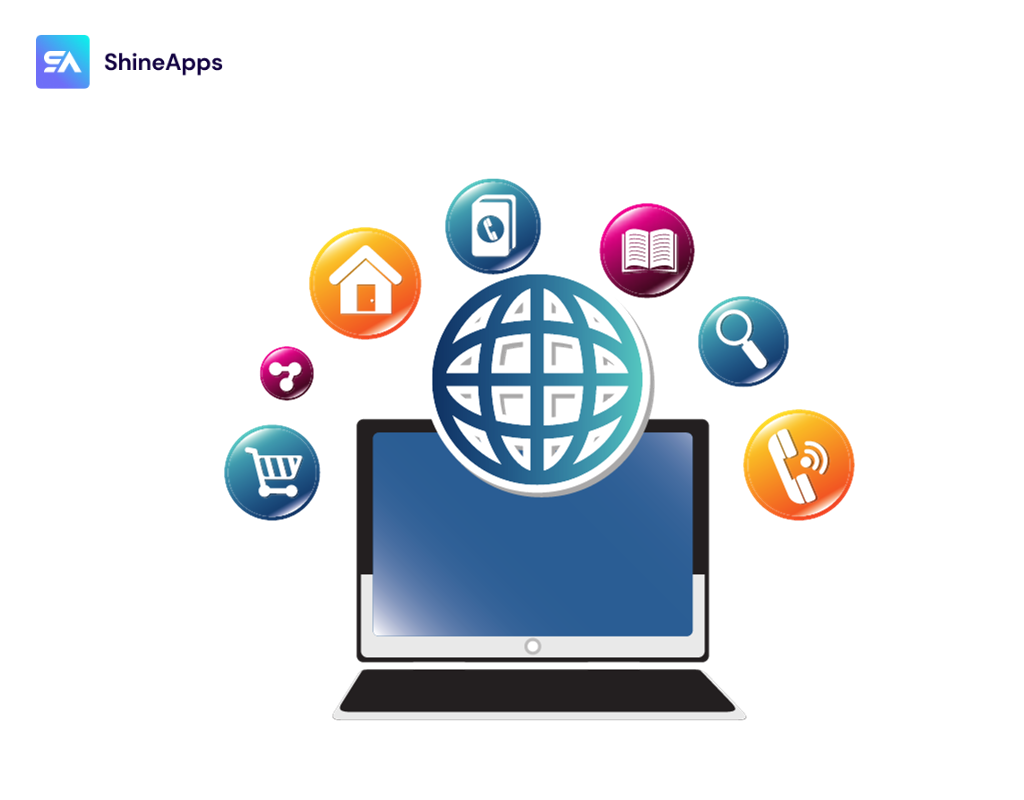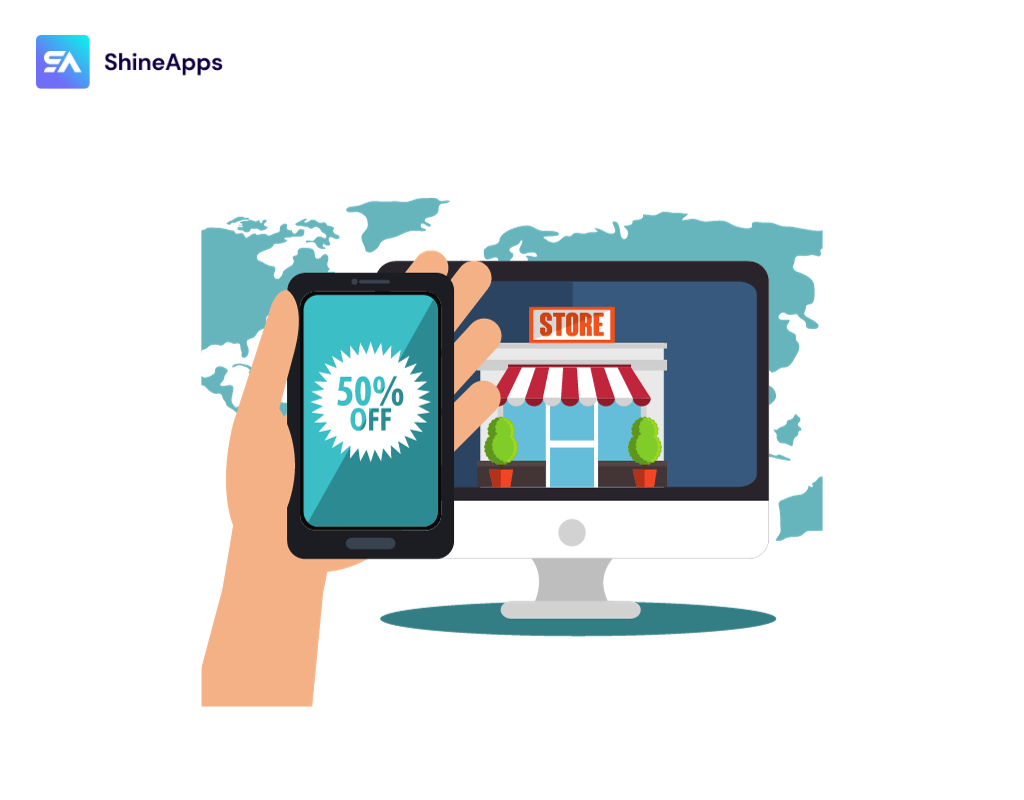Black Friday and Cyber Monday, commonly known as BFCM, have become two of the biggest shopping events of the year. Retailers and consumers alike eagerly look forward to these days, with sales soaring and shoppers hunting for the best deals. In this post, we dive into the world of BFCM by the numbers, statistics, and trends that shape these annual shopping extravaganzas.
BFCM By The Number: The Growth of Black Friday and Cyber Monday
In recent years, BFCM has grown exponentially, both in terms of sales and participation. We’ll examine the BFCM by the number and data that illustrate this remarkable growth, including:
Over the past two years, the landscape of Black Friday and Cyber Monday (BFCM) shopping has been reshaped by pandemic-related supply chain disruptions, pent-up demand, and changes in in-person shopping habits. Here’s a recap of how the 2022 BFCM season unfolded and what it implies for 2023:
1) E-commerce Sales Records

Despite initial predictions of a BFCM sales dip, 2022 actually set records. Shopify retailers saw a 19% increase in gross revenue over the previous year, amounting to $7.5 billion in sales over the BFCM weekend. Adobe data also reported online spending on Black Friday alone at $9.1 billion, marking a 2.3% increase from the previous year. However, it’s crucial to note that these figures might be partly attributed to inflation.
What to Expect in 2023: Brands should focus on emphasizing the value of their products, as the increase in ecommerce spending in 2022 was driven mainly by inflation.
2) "Pre-Inflation" Pricing
In 2022, “pre-inflation” pricing emerged as a prominent marketing strategy during the holiday season. The average American shopper planned to spend around $932 on holiday gifts, just slightly below the 2019 high of $942. Notably, these figures did not account for the impact of inflation, suggesting that buyers might purchase fewer items while striving to stay within their usual budget.
In response to rising prices and consumer concerns about inflation, some retailers adopted a strategy of returning to “pre-inflation” pricing. Examples included J.C. Penney offering traditional pricing on popular items like Instant Pots and boots, ALDI providing a “Thanksgiving Price Rewind” on holiday food to match 2019 discounts, and Walmart offering this year’s Thanksgiving meal at the previous year’s prices.
What to Expect in 2023: Brands should understand what motivates consumers willingness to pay and adapt their pricing and promotions accordingly.
3) Mobile Commerce vs. Desktop

Mobile commerce continued to surge, accounting for 63% of online retail sales during BFCM. Interestingly, although mobile outperformed desktop in terms of web traffic and sales percentage share, the desktop had a higher Average Order Value (AOV) at $126.08 compared to mobile’s $99.62. This suggests that consumers may prefer to use desktops for purchasing higher-priced items.
What to Expect in 2023: Brands should consider how their audience uses each platform and factor in the cost of their products when utilizing both mobile and desktop e-commerce.
4) Electronics and Protection Plans
Electronics were popular BFCM purchases, with sales soaring by over 19% compared to an average day in October 2022. This trend also led to an increase in the sale of electronic protection plans.
Additionally, the team at Clyde observed a related trend: a significant increase in the sales of electronics protection plans. These plans are offered by retailers to enhance the customer’s ownership experience by providing peace of mind. If anything were to happen to a customer’s product or the product they were purchasing as a gift, these protection plans would provide coverage.
What to Expect in 2023: Brands should consider adding value to their products, such as protection plans or buy-now-pay-later options, to enhance the shopping experience.
5) Buy Now, Pay Later (BNPL)

During the recent Black Friday Cyber Monday (BFCM) shopping period, many shoppers opted for “buy now, pay later” (BNPL) options. This allowed them to acquire the products they desired and spread out their payments over time. Notably, the adoption of BNPL options increased significantly, with online orders using BNPL rising from 8.2% in 2021 to 10.2% in 2022. Furthermore, in-store BNPL experienced a remarkable 41% year-on-year growth.
What to Expect in 2023: BNPL is likely to continue growing, and brands should assess whether it’s feasible to integrate BNPL into their checkout process.
6) Sustainability and "Green Friday"
Last year, Shopify surveyed shoppers, revealing that 40% were willing to pay more for eco-friendly products, and 43% favored brands with sustainability practices. Shopify continued its commitment to sustainability by offsetting shipping carbon emissions during Black Friday and Cyber Monday sales.
Other brands, like Freitag and Patagonia, also embraced sustainability in unique ways, such as redirecting shoppers to exchange programs or promoting product repair and reuse. This highlights a growing consumer preference for eco-conscious options.
What to Expect in 2023: Brands should stay attuned to customer values and preferences related to sustainability, updating customer personas and conducting sentiment research to respond accordingly.
The BFCM by number and behaviors provides valuable insights for brands as they plan for 2023, emphasizing the need for flexibility, adaptability, and a deep understanding of consumer motivations and values.
Merchant Highlights

Slack is a chat and collaboration tool with unique features that make it one of the best online collaboration tools. Features like dedicated channels for specific projects, custom emojis and pins, and direct message integration with all other apps help teams stay organized, on track and productive.
It has a simple user interface, which makes it easy for people of all skill levels to use. It also offers many features you won’t find elsewhere, such as direct message integrations with other apps like monday.com or Asana.
Slack is available for free with limited storage space. The ability to view and search messages and files on Slack’s free plan is also limited to the last 90 days. The paid versions allow you to take control of its full arsenal of powerful integrations.
What the Numbers Tell Us
BFCM is more than just a shopping spree; it is a cultural phenomenon with far-reaching economic and social effects. By examining BFCM by the numbers, we gain insight into growth, consumer behavior, global impact, and more. So whether you’re a business owner or a savvy shopper, keep an eye on the data to successfully navigate the world of BFCM.



